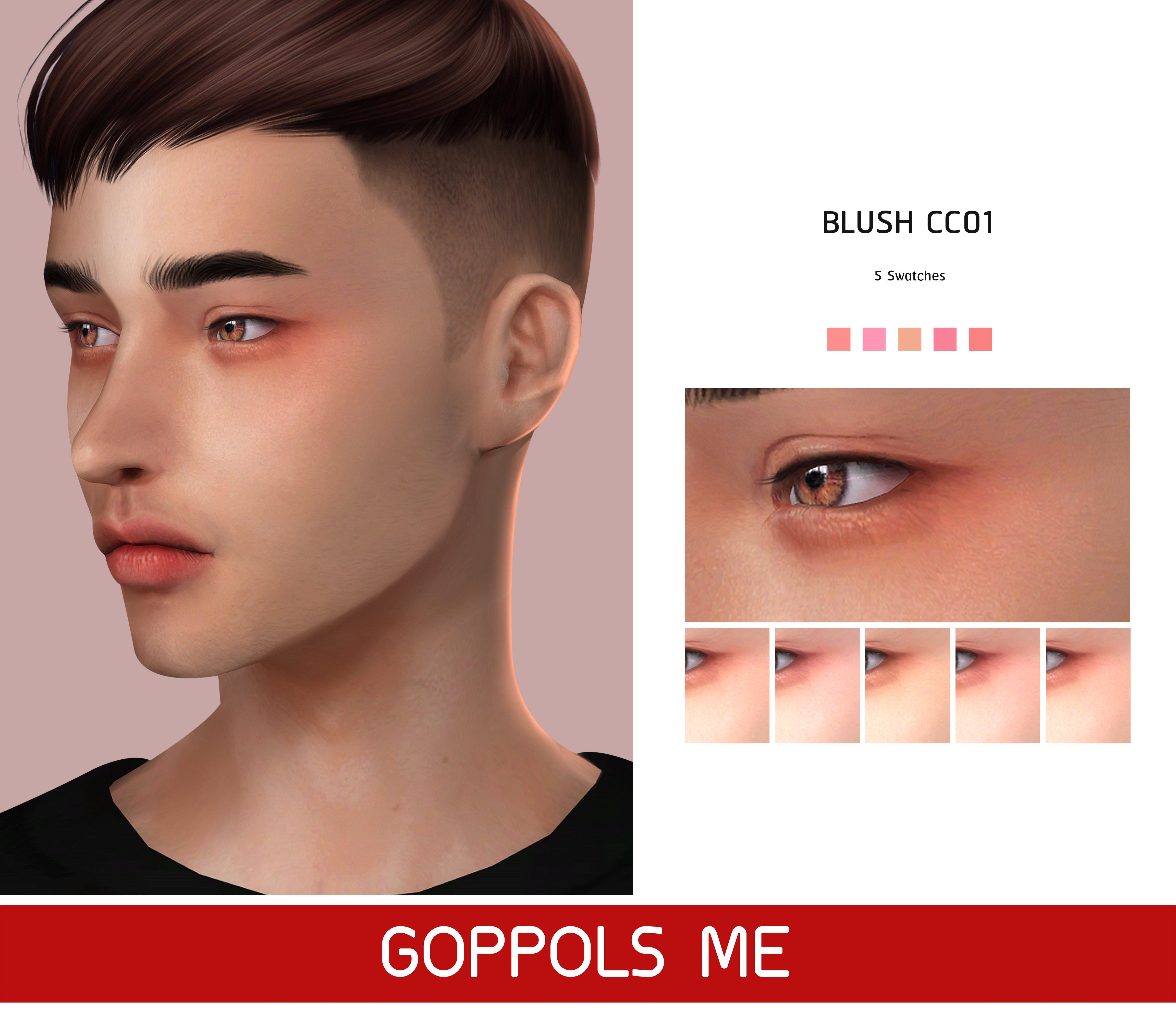



The right choice depends on the type and shade of a person’s skin and what issue they are hoping to address. There are three types of chemical peel, based on how deeply they exfoliate the skin: Also, do not use makeup until the skin has healed. It is important to keep the face dry and not shower or use face wash for the first 24 hours. The process can cause swelling and peeling, which may take 1–2 weeks to go away, depending on the depth and intensity of the peel. They may recommend various ways to help the skin heal, such as applying a weak vinegar solution or unscented emollient to the face for a few days after the treatment. A stronger peel may also remove a small part of the dermis.ĭermatologists may use chemical peels to reduce the appearance of fine lines and wrinkles or to address:ĭuring a chemical peel, a dermatologist applies an exfoliant acid - first to the thicker areas of skin, such as the chin, nose, and cheeks, and then to the thinner areas around the eyes and mouth.Īfter the chemical peel, the dermatologist may use cool saline compresses to remove any remaining exfoliant. This deeper layer contains nerve endings, sweat glands, and hair follicles.Īll chemical peels remove a controlled amount of skin cells from the epidermis.

The epidermis is the visible outer layer, and the dermis sits just beneath. When done appropriately, this allows the skin to heal, with minimal scarring or color changes.Ĭhemical peels can affect two layers of the skin, the epidermis and the dermis. The acid removes a uniform amount of damaged skin cells across the treatment area. Chemical peels are cosmetic treatments that involve using acids to exfoliate the skin.


 0 kommentar(er)
0 kommentar(er)
